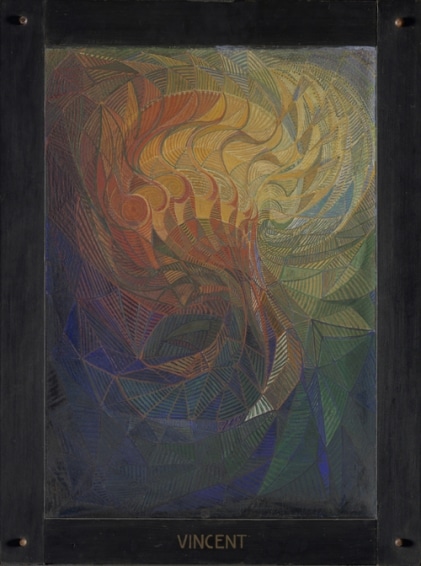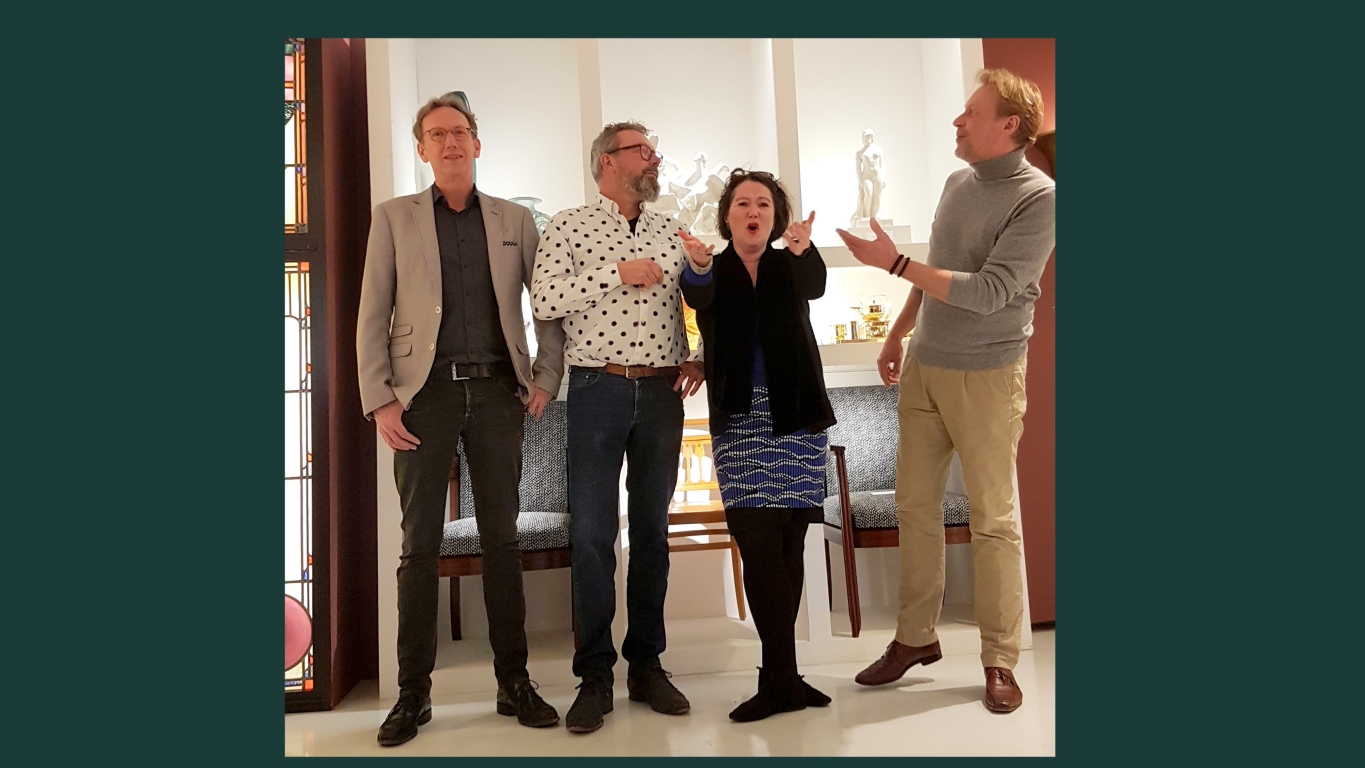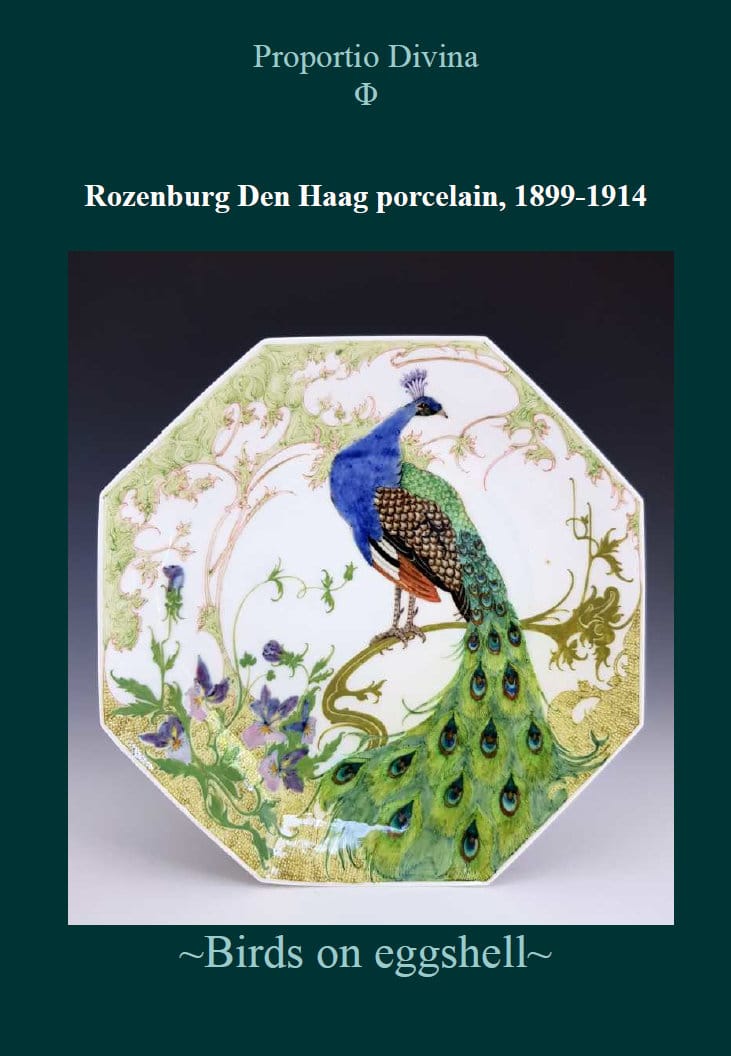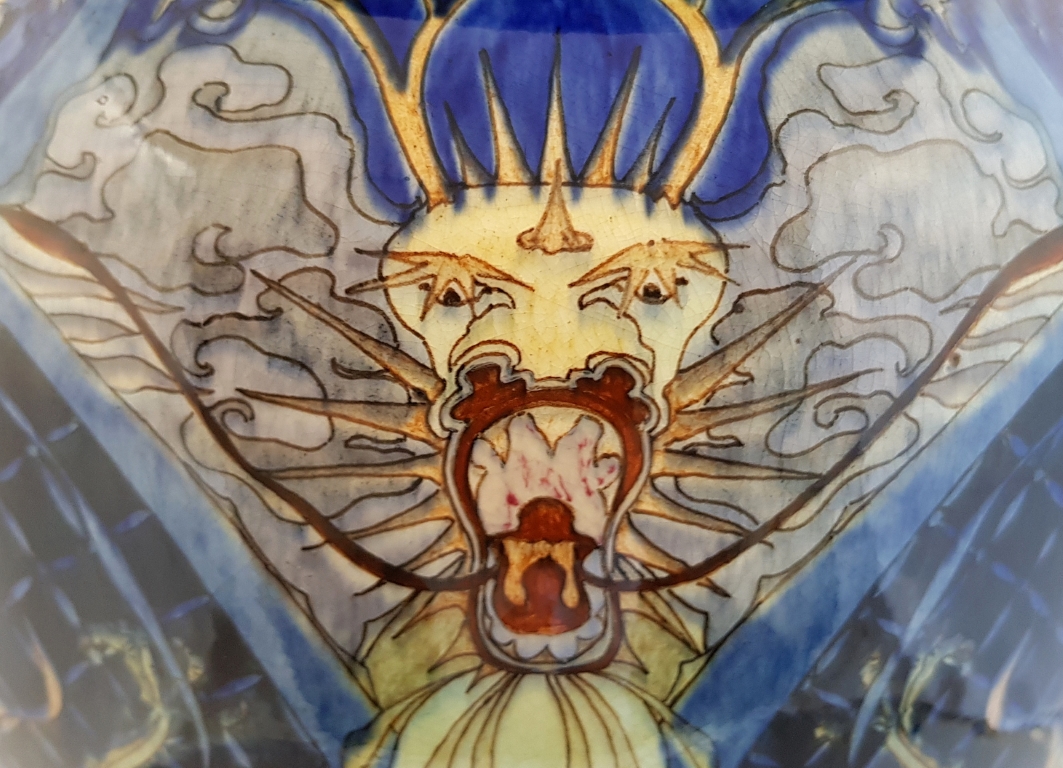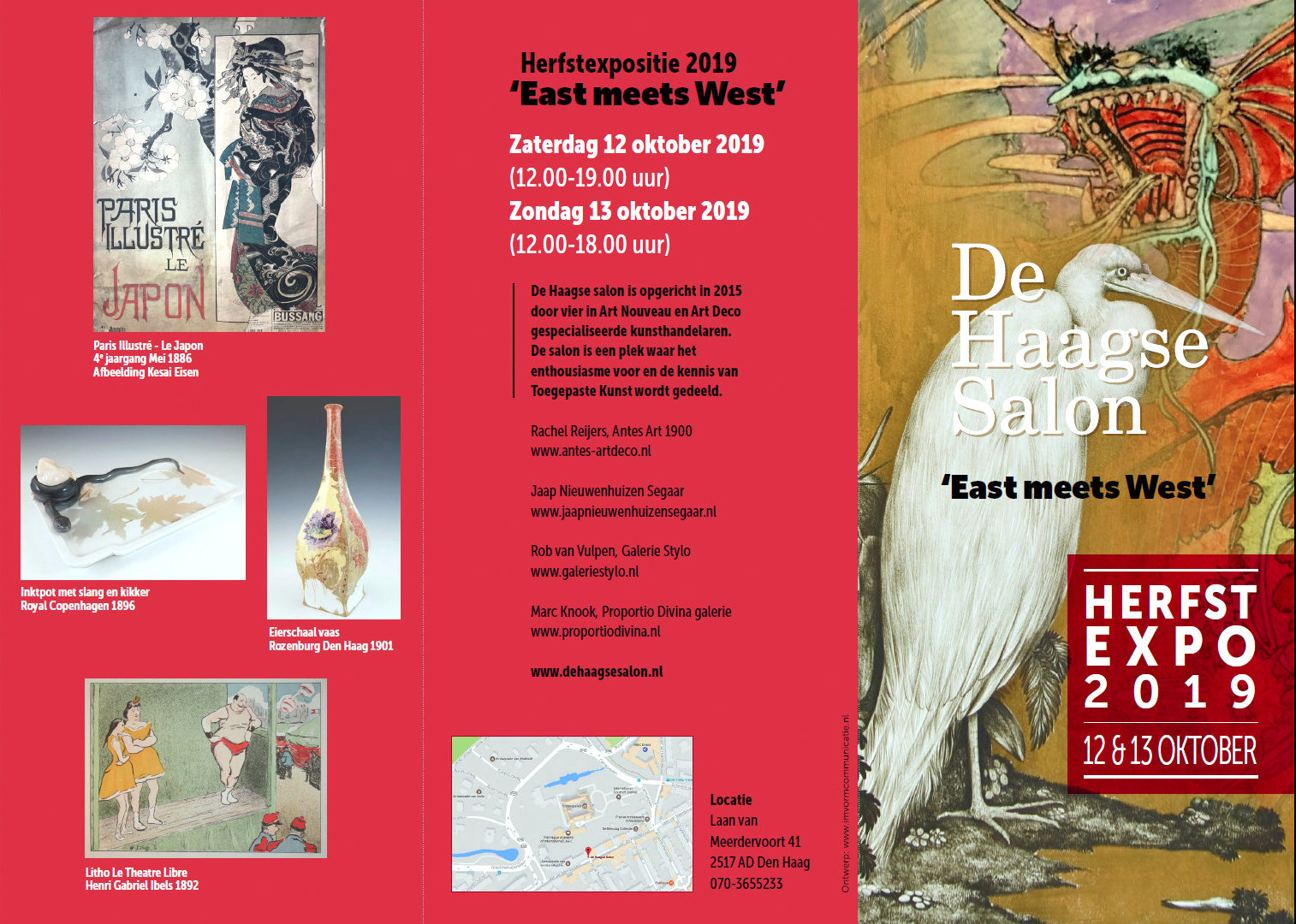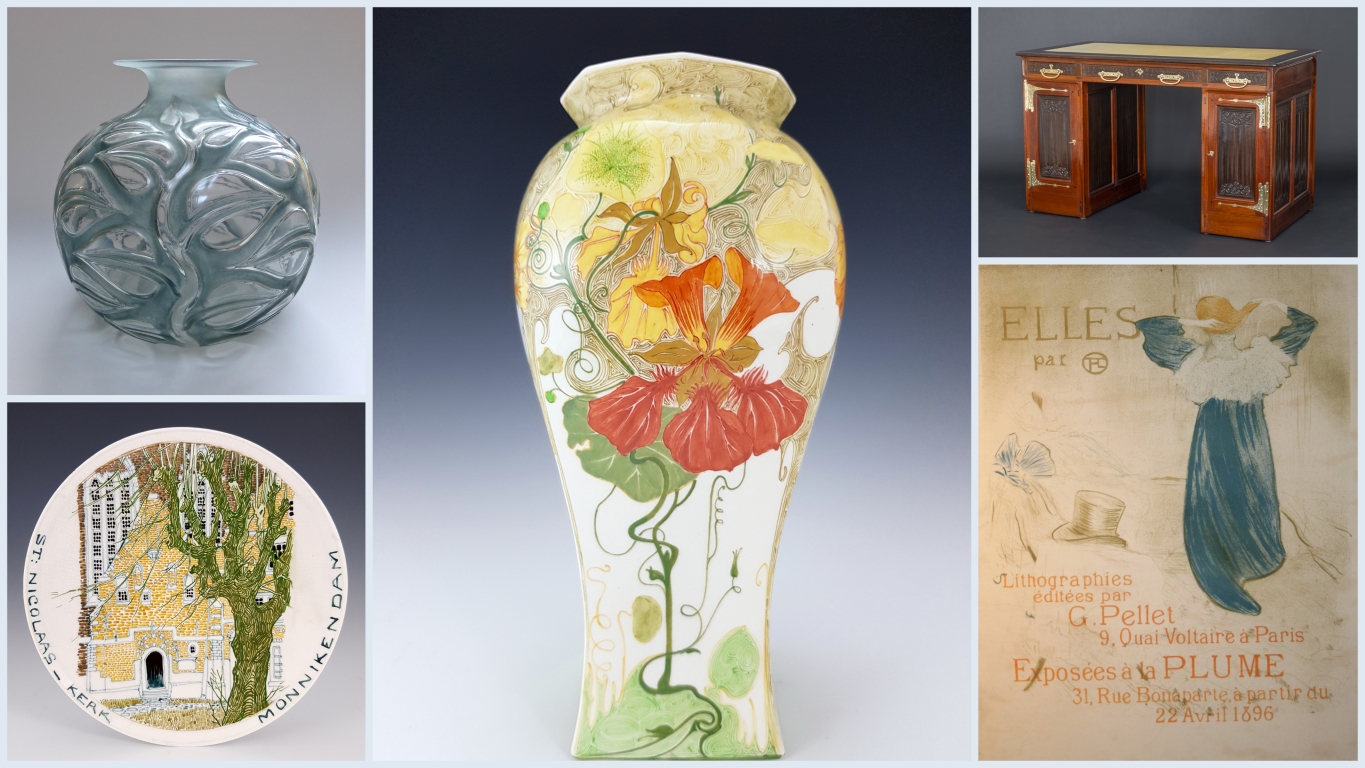New acquisition: ‘Vincent’, a tribute to Van Gogh by Vilmos Huszár
The Kröller-Müller Museum has acquired Vincent (1915) by Vilmos Huszár (1884-1960). The painting has been on the museum’s wish list for many years. It was offered for sale in 1993, but at that time the museum had insufficient funds at its disposal. In the spring of 2012 it came up for sale again at Christie’s in London and this time the museum was able to acquire the painting. The work is on display in the museum’s new presentation of the collection. The acquisition was funded entirely with money from the BankGiro Lottery, the Netherlands’ culture lottery.
Vilmos Huszár was born in Budapest in 1884. Via contacts he made during his study in Munich, Huszár arrived in The Hague, where he settled in 1906. There he became acquainted with the art critic H.P. Bremmer, who was devoted to the then less well-known Vincent van Gogh. In 1915, Huszár made Vincent as a tribute to Van Gogh, whom he also admired greatly. The title VINCENT
New acquisition: ‘Vincent’, a tribute to Van Gogh by Vilmos Huszár
The Kröller-Müller Museum has acquired Vincent (1915) by Vilmos Huszár (1884-1960). The painting has been on the museum’s wish list for many years. It was offered for sale in 1993, but at that time the museum had insufficient funds at its disposal. In the spring of 2012 it came up for sale again at Christie’s in London and this time the museum was able to acquire the painting. The work is on display in the museum’s new presentation of the collection. The acquisition was funded entirely with money from the BankGiro Lottery, the Netherlands’ culture lottery.
Vilmos Huszár was born in Budapest in 1884. Via contacts he made during his study in Munich, Huszár arrived in The Hague, where he settled in 1906. There he became acquainted with the art critic H.P. Bremmer, who was devoted to the then less well-known Vincent van Gogh. In 1915, Huszár made Vincent as a tribute to Van Gogh, whom he also admired greatly. The title VINCENT can still be seen on the original frame. The painting depicts a stylized sunflower, composed of shapes in bright blue, green, red, orange and yellow. The work makes a dynamic impression and shows that Huszár was oriented towards the international avant-garde movements of cubism and futurism.
Vincent was created shortly before Vilmos Huszár came into contact with Theo van Doesburg and began working in his later, abstract-geometric style. In 1917, Huszár was one of the founders of De Stijl, together with Van Doesburg, Piet Mondriaan and Bart van der Leck.
While Vincent is in keeping with the cubist and particularly the futurist works in the museum’s collection, by Umberto Boccioni and Giacomo Balla, it also dovetails with the large collection of works by De Stijl artists, notably the early works of Van Doesburg, such as Dancers from 1916.


